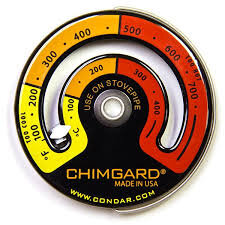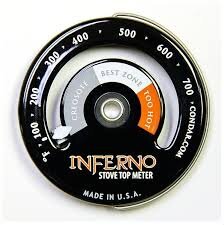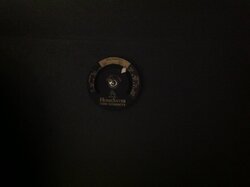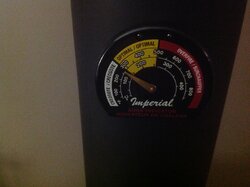This evening is my eighth fire in my englander. I have know problems getting the fire started. And I know some of my wood is not the best, so i have been supplementing with store bought and dimensional wood. With a about a half load north and south. The fire will rip and cruise around 500 within 30 minutes at full open damper. At that point i begin to damp down in 1/4 increments as I watch the flames. As soon as I see the flames appear to be at a slow dance is when my troubles occur. If I leave the stove, within an hours time or so the flames seem to disappear and I will lose 200 degrees just like that. At that point, I would say the damper is 3/4 closed and there are a lot of fiery coals and some small blue flames. I have to constantly feed it wood 2 splits at a time and play with damper so temp does not drop so quickly.
Is this normal?
My wife says I am constantly tinkering with the stove (for the most part I enjoy the tinkering) just not sure if this is the way it goes.
Is this normal?
My wife says I am constantly tinkering with the stove (for the most part I enjoy the tinkering) just not sure if this is the way it goes.






